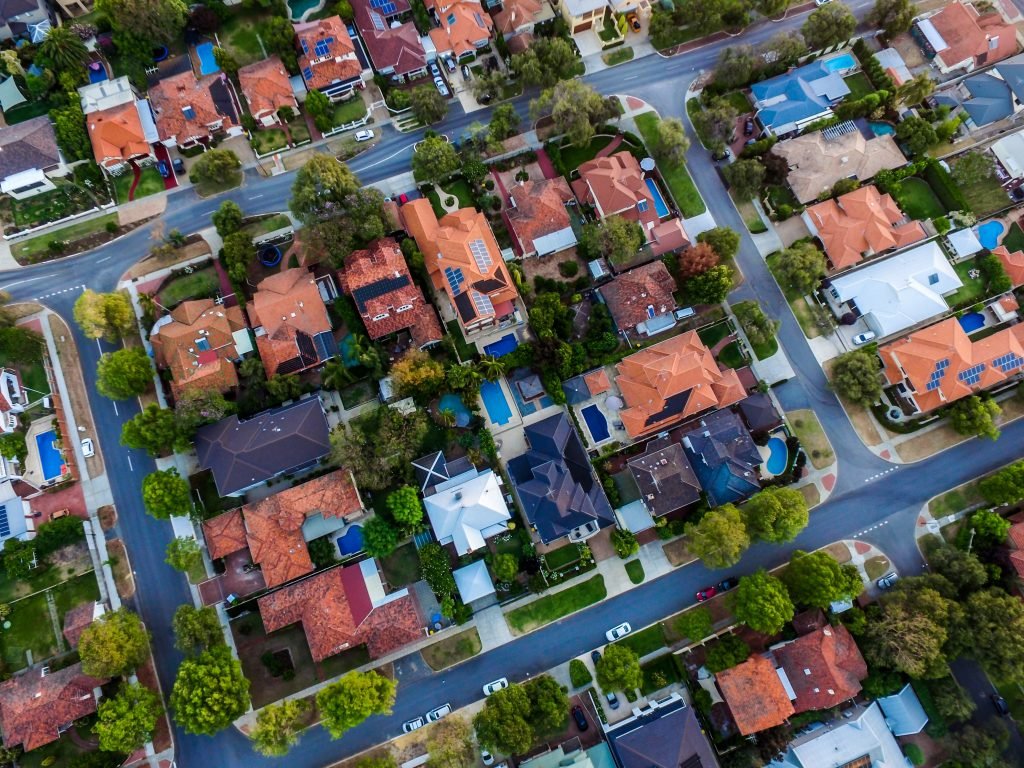Sydney reaches record-low vacancy rate.
Sydney reaches record-low vacancy rate.

According to Domain’s newest rental vacancy report, Sydney’s rental vacancy rates are at their lowest in five years.
It is now at 1.4 percent, the lowest level of vacancies in the NSW capital since Domain began collecting data in 2017.
Since March, the rate has dropped 0.1 percentage points, and Melbourne has followed suit, decreasing to 1.7 percent.
All capital cities except Darwin saw a decline in rates from April 2021, with Sydney dropping 1.3 percentage points from 2.7 percent.
Overall, national rental vacancy rates have remained stable at 1.0 percent, the lowest level in Domain’s history.
“This month, all major cities continue to function in a landlords’ market,” according to the survey, “remaining tight and very competitive for prospective tenants.” The declining trend would likewise be expected to continue, according to the report.
Changes in the vacancy rate
April 22 | March 22 | April 21 | Monthly change | Annual change | |
| National | 1.0% | 1.0% | 1.9% | – | ↓ |
| Sydney | 1.4% | 1.5% | 2.7% | ↓ | ↓ |
| Melbourne | 1.7% | 1.8% | 4.0% | ↓ | ↓ |
| Brisbane | 0.7% | 0.7% | 1.3% | – | ↓ |
| Perth | 0.6% | 0.5% | 0.8% | ↑ | ↓ |
| Adelaide | 0.3% | 0.2% | 0.6% | ↑ | ↓ |
| Hobart | 0.4% | 0.3% | 0.5% | ↑ | ↓ |
| Canberra | 0.7% | 0.5% | 0.8% | ↑ | ↓ |
| Darwin | 0.5% | 0.5% | 0.5% | – | – |
Brisbane’s results have been unchanged since March 2022, at 0.7 percent, but have declined by 0.6 percentage points from 1.3 percent since April 2021.
Melbourne’s numbers have dropped 2.3 percentage points from a year ago, when they were at 4%.
Since March, vacancy numbers in Perth, Adelaide, Hobart, and Canberra have all increased somewhat, with Perth, Adelaide, and Hobart increasing by 0.1 percentage points to 0.6 percent, 0.3 percent, and 0.4 percent, respectively.
Canberra’s share of the vote increased by 0.2 percentage points to 0.7 percent.
Rental vacancies in all four cities are lower than a year ago, but Canberra’s 0.8 percent statistic from April 2021 may be reached soon.
When compared to March 2022 and April 2021, Darwin’s results have remained unchanged at 0.5 percent.
Areas with highest rental vacancy rates
| Rank | Sydney | Melbourne | Brisbane & Gold Coast | Perth | Adelaide |
| 1 | Pittwater (2.5%) | Stonnington East (3.3%) | Jimboomba (1.7%) | Cottesloe Claremont (1.3%) | Adelaide City (1.1%) |
| 2 | Ku-ring-gai (2.4%) | Banyule (2.8%) | Brisbane Inner (1.5%) | Perth City (1.1%) | Burnside (0.5%) |
| 3 | Rouse Hill–McGraths Hill (2.4%) | Boroondara (2.7%) | Mt Gravatt (1.2%) | Fremantle (1%) | Unley (0.4%) |
| 4 | Blacktown North (2.1%) | Whitehorse–West (2.6%) | Sherwood–Indooroopilly (1.1%) | Mandurah (1%) | Prospect–Walkerville (0.4%) |
| 5 | Ryde–Hunters Hill (2%) | Stonnington West (2.6%) | Brisbane Inner-West (1%) | Melville (0.8%) | Campbelltown (SA) (0.3%) |
The tight rental markets, according to HIA chief executive for industry policy Kristin Brookfield, are a source of anxiety for tenants.
“While new house construction activity has grown, private rental housing continues to fall short of demand,” Brookfield stated.
“A dearth of supply has resulted in an ever-increasing demand for social and affordable rental accommodation across Australia.”
The RBA hiked the cash rate by 25 basis points to 0.35 percent on Tuesday, the first increase since 2010, raising concerns about how people will pay their mortgages and rents. New borrowers in Sydney might see their monthly mortgage payments rise by $1000 per month.
According to Peter White, managing director of the Finance Brokers Association of Australia, there is already anxiety about whether renters and homeowners will be able to keep up with escalating expenses.
Areas with the lowest rental vacancy rates
| Rank | Sydney | Melbourne | Brisbane & Gold Coast | Perth | Adelaide |
| 1 | Blue Mountains (0.4%) | Sunbury (0.3%) | Nerang (0.2%) | Kwinana (0.3%) | Onkaparinga (0.1%) |
| 2 | Camden (0.5%) | Yarra Ranges (0.3%) | Strathpine (0.2%) | Mundaring (0.3%) | Gawler–Two Wells (0.1%) |
| 3 | Campbelltown (NSW) (0.5%) | Cardinia (0.4%) | North Lakes (0.2%) | Kalamunda (0.3%) | Tea Tree Gully (0.1%) |
| 4 | Sutherland–Menai–Heathcote (0.5%) | Casey–South (0.6%) | Narangba–Burpengary (0.2%) | Gosnells (0.3%) | Marion (0.1%) |
| 5 | Richmond–Windsor (0.5%) | Knox (0.6%) | Robina (0.3%) | Rockingham (0.4%) | Adelaide Hills (0.1%) |
“In an FBAA study, 57% of persons paying a mortgage or rent indicated they could “not at all” afford a $300-per-month increase, which is an increase equivalent to merely 1% based on the average home loan,” White added.
“Rising interest rates would put pressure on their financial situation, according to 75% of those polled, while 56% indicated they would need to refinance their property.”
